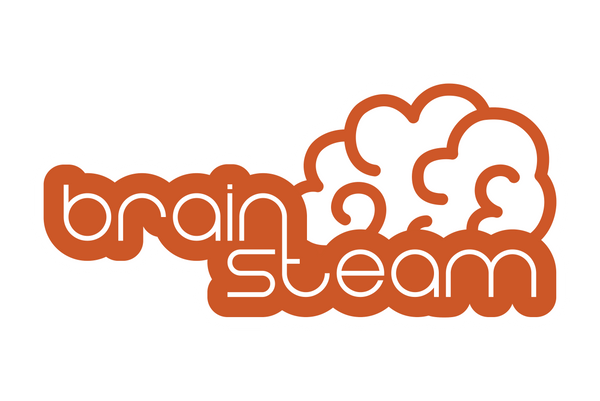Project-based learning (PBL) is an educational approach that involves students in investigating and responding to real-world problems or questions. This method is becoming increasingly popular in elementary education as it promotes critical thinking, collaboration, and creativity, while also providing students with opportunities to apply academic skills in practical settings.
Integrating PBL into elementary education requires careful planning and implementation. Here are some tips to help educators empower young learners through PBL:
Choose a relevant and engaging topic
- When selecting a topic for a PBL project, it is essential to choose a relevant and engaging theme that students can connect with. The topic should be something that students are passionate about, and that relates to their lives, community, or environment. For example, a project on renewable energy or community service can help students understand the importance of sustainability and civic responsibility.
Establish clear learning objectives
- Before beginning a PBL project, it is essential to establish clear learning objectives that align with academic standards. These objectives should guide the design of the project, including the development of essential questions, activities, and assessments. The learning objectives should be challenging yet achievable, and they should encourage students to think critically and creatively.
Plan and design the project
- Once the topic and learning objectives have been established, the next step is to plan and design the project. The project should include activities that promote collaboration, problem-solving, and inquiry-based learning. Teachers can use a variety of resources, such as online tools, textbooks, and primary sources, to develop engaging and meaningful activities that support student learning.
Provide ongoing support and feedback
- During the project, teachers should provide ongoing support and feedback to students. This can include regular check-ins, conferences, and peer review sessions. Teachers can also use rubrics or other assessment tools to evaluate student progress and provide feedback on areas for improvement. By providing ongoing support and feedback, teachers can help students develop the skills and knowledge necessary to succeed in the project and in future endeavors.
Celebrate student achievement
- Finally, it is essential to celebrate student achievement at the end of the project. This can include a public exhibition, a presentation to parents or community members, or a showcase on the school's website. By celebrating student achievement, educators can help students feel proud of their accomplishments and motivated to continue learning and growing.
Sources:
- BIE.org: "What is PBL?"
- Edutopia.org: "Project-Based Learning"
- ASCD.org: "Project-Based Learning in Elementary School"
- TeachThought.com: "10 Practical Ideas for Better Project-Based Learning in Your Classroom"

